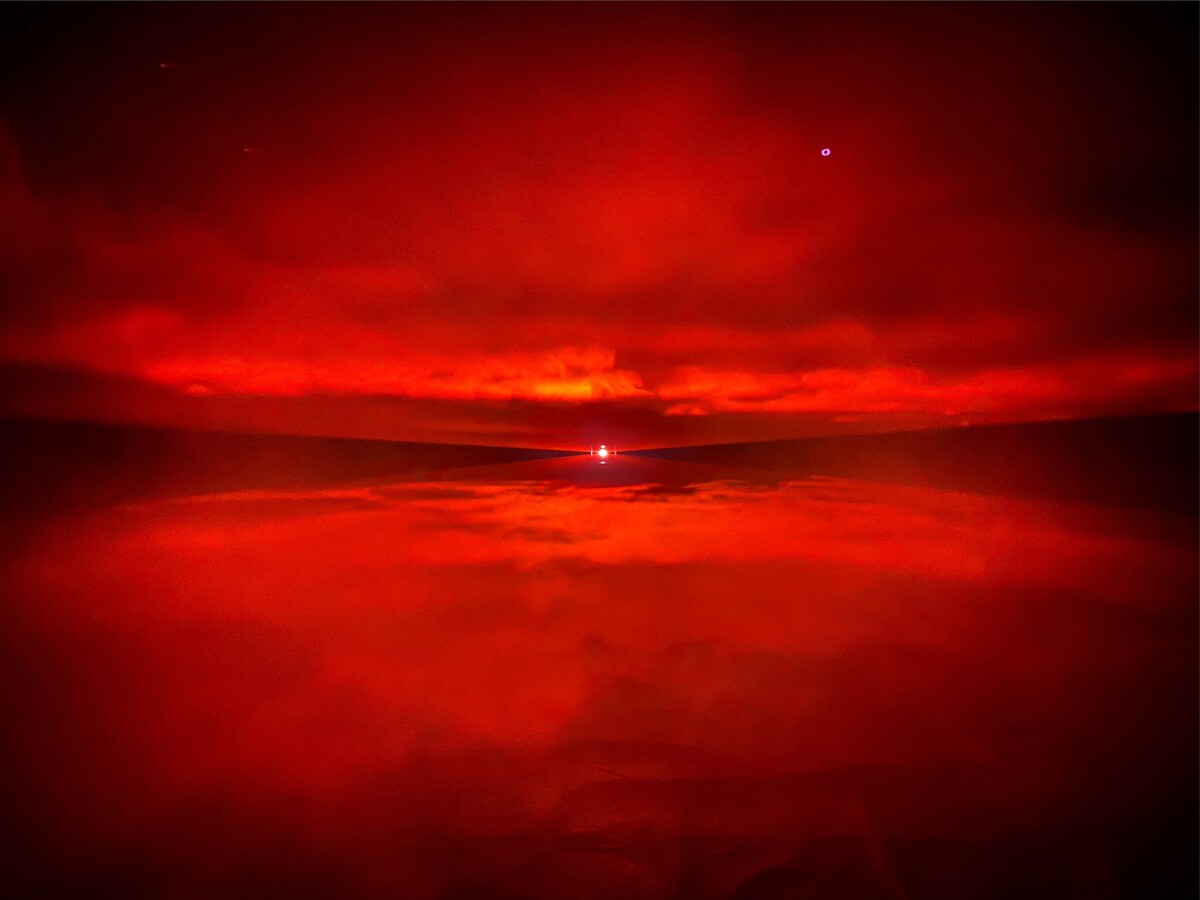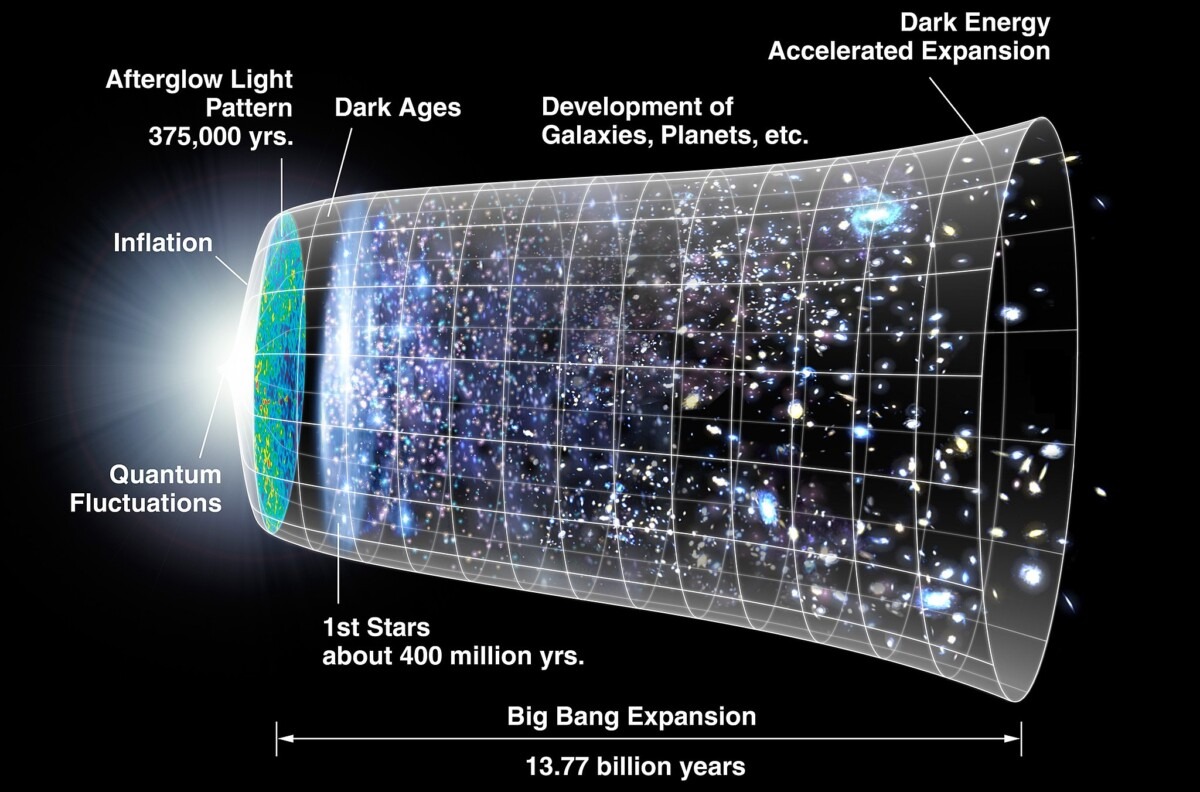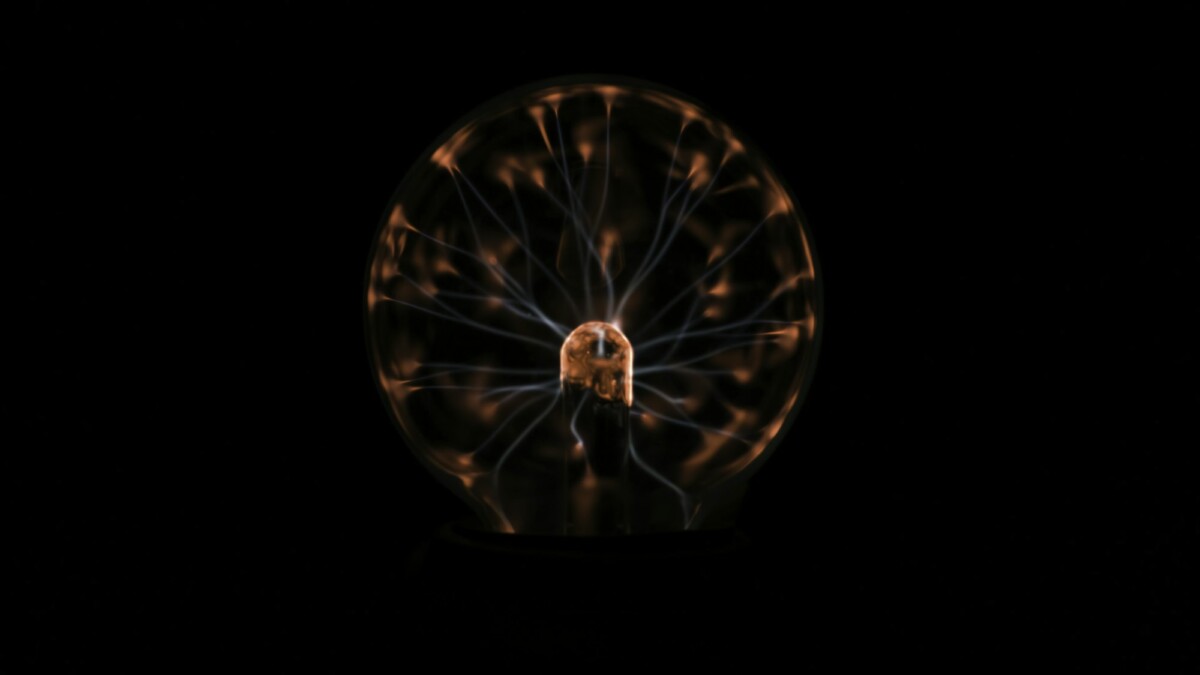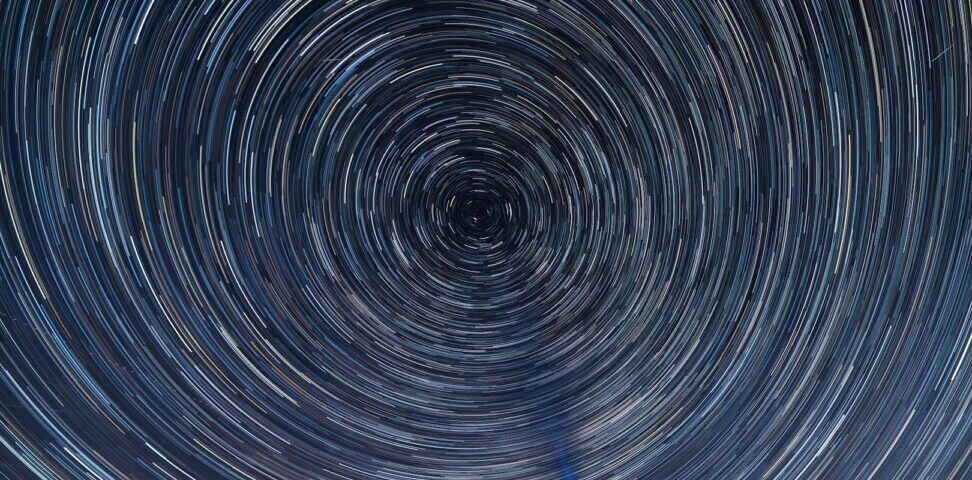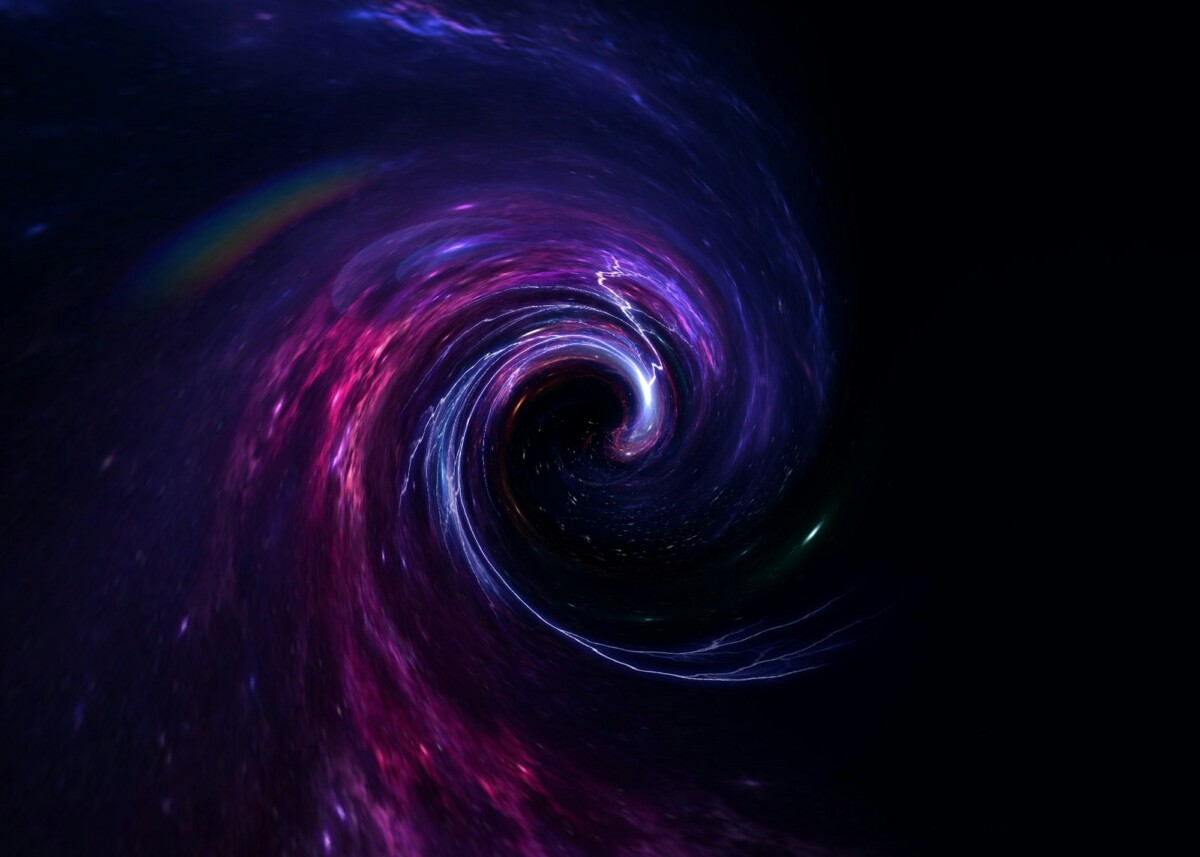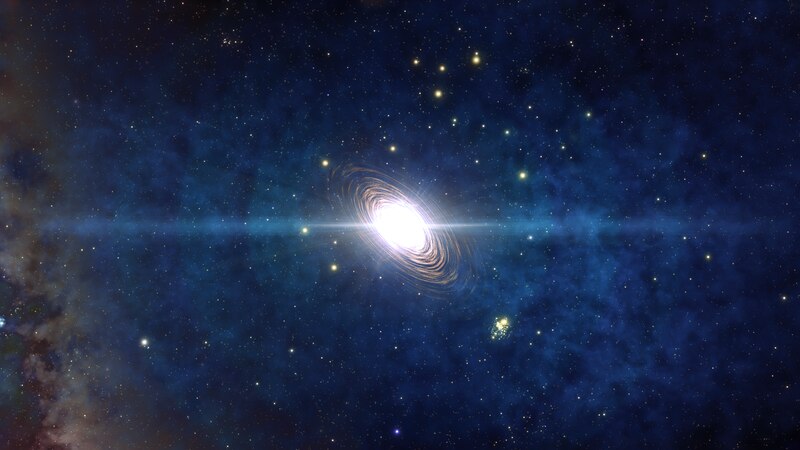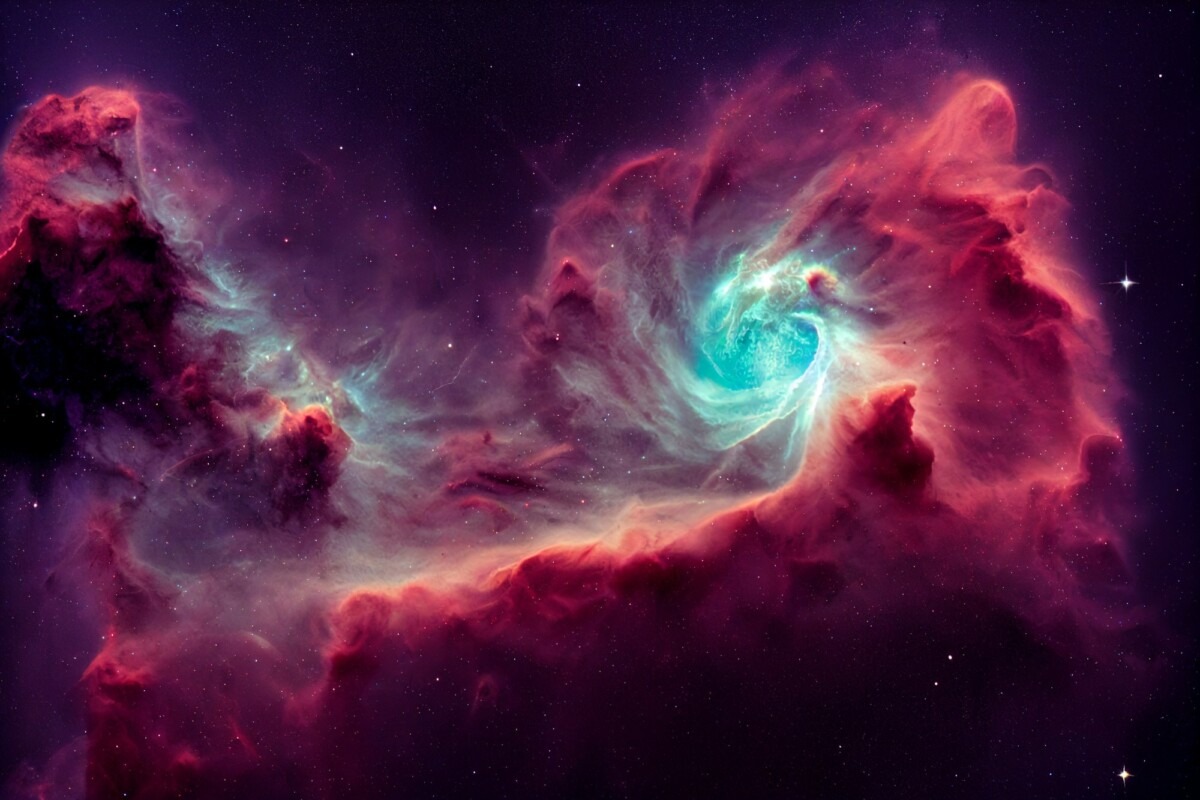BEFORE 1000 CE Edition: This timeline explores the history of the universe, Earth, science, and human history before 1000 CE. You can filter topics from Ancient History to the entire history of Asia. Enjoy!
Switch to After 1000 CE Edition.
A 30 Philosophers touchstone: Chapter 1, “Origin Story.” The universe began as an infinitely dense, unimaginably hot, and minuscule point known as a singularity. In a breathtaking instant, this singularity expanded and cooled, giving rise to the fabric of space, time, and matter, with all the laws of physics taking shape in that moment. The singularity didn’t exist in time as we understand it, because time itself was created in the following moments. This moment marks not just the birth of the universe but the beginning of time and space itself, setting the stage for the extraordinary event known as the Big Bang.
While the singularity arises naturally from the equations of general relativity when extrapolated back in time, it represents a point where these laws of physics as we currently understand them break down. This theoretical state represented the ultimate limit of physical density and temperature, beyond our understanding of the laws of physics.
Immediately following the state of the singularity, the universe entered a phase of rapid expansion and cooling, known as the Big Bang Expansion. This critical period signifies not an explosion in space but the very expansion of space itself, from an incomprehensibly dense point known as a singularity. For more, check out: The Expanding Universe Explained.
Big History Thresholds: 1=Big Bang | 2=Stars&Galaxies | 3=Chemicals | 4=Solar System | 5=First Life | 6=TI | 7=Agrarian | 8=Science
Big Bang: Threshold 1 in Big History is the creation, or beginning, of our universe.
The Plank Era occurred in the first part of the first millisecond after the singularity. Current estimated put it at up to 10−43 seconds after the Big Bang. The term “era” is used for this micro-duration as a sort of tip of the hat to Einstein’s Relativity. It reflects a conceptual approach to time that differs from our everyday experience. This speculative era represents the very beginning of the universe, immediately following the singularity. The physics of this period is still not fully understood, as it requires a theory that unifies general relativity and quantum mechanics (quantum gravity). Temperatures and energies were so high that the four fundamental forces (gravity, electromagnetism, the weak nuclear force, and the strong nuclear force) are thought to have been unified.
The speculative Grand Unification Era ends around 10−36 seconds after the Big Bang. During this era, the strong force is believed to have separated from the other three fundamental forces. The universe was still incredibly hot and dense, and it’s during this period that the first subatomic particles, including quarks and leptons, could have begun to form. This era ended with a phase transition to the inflationary epoch.
The Inflationary Epoch was from about 10−36 seconds to 10−32 or so seconds. Notice the duration label change from “era” to “epoch” and from a narrow time to a range. However, also note that we are still within the first millisecond of the Big Bang. This was a period of extremely rapid expansion driven by a speculative field called inflaton. While the universe did not explode into something, it did increase in size by a huge factor. The very fabric of the universe, space itself, increased in size by a factor of at least 1026, smoothing out any irregularities and leading to the uniformity we observe in the cosmic microwave background. The rapid expansion also drastically cooled the universe.
A bit speculative. Supported by indirect empirical evidence from CMB observations, suggesting a rapid early expansion that explains the universe’s large-scale uniformity and structure distribution.
We are still within the speculative first second. The Electroweak Era ends around 10−12 seconds after the Big Bang. Following inflation, the universe continued to expand and cool, allowing the electromagnetic and weak nuclear forces to separate. Particles continued to form and annihilate in a hot, dense environment, but as the universe cooled further, the formation of more stable particles like protons and neutrons became possible.
A bit speculative. Grounded in well-established physical theories and supported by high-energy particle physics experiments that test conditions analogous to those of the early universe.
Leaving the highly speculative first second, and skipping to a few minutes later, the Nucleosynthesis period accurred about 3 to 20 minutes after the Big Bang. During this period, the universe had cooled enough for protons and neutrons to come together to form simple nuclei, but not yet atoms, as the universe remained too hot for electrons to bind to these nuclei. The nuclei formed during this time were primarily those that would become the core of hydrogen atoms (including its isotope deuterium), helium, and trace amounts of lithium, through a process known as Big Bang nucleosynthesis.
Supported by empirical data. The observed abundances of light elements in the universe align closely with predictions from Big Bang nucleosynthesis models, providing strong evidence for this period of early cosmic history.
The image of the early universe that we see in the CMB reveals a time shrouded in darkness. During this era, the 17 known particles first started to combine to form the universe’s first atoms. Electrons, protons, and neutrons came together to create neutral hydrogen atoms, a process that allowed photons—or light—to traverse the cosmos freely. That is the glow we see in the CMB. Soon after this, well, cosmically soonish, gravity played its part and brought these atoms together, forming the first stars and galaxies. This “let-there-be-light” event occurred about 100 million years after the Big Bang.
Legacy: First 26 elements of the periodic table of elements.
After a few hundred million years, gravity continued to play its part, drawing atoms into an intimate collapse, giving birth to the very first stars and galaxies. These first stars, known as Population III stars, were stellar giants: massive, hot, and short-lived; they burned for just a few million years, likely with no planets to keep them company. None of these titans still illuminate the cosmos today. Their legacy is the creation of increasingly heavier elements, starting with carbon, nitrogen, and oxygen, and continuing up to iron with its 26 protons.
Big History Thresholds: 1=Big Bang | 2=Stars&Galaxies | 3=Chemicals | 4=Solar System | 5=First Life | 6=TI | 7=Agrarian | 8=Science
Stars Light Up: The formation of the first stars marked the second threshold. These stars forged the first heavy elements in their cores, which are essential for the creation of everything from planets to human life.
Legacy: Began enriching the interstellar medium with heavier elements, including carbon, necessary for organic chemistry
From the ashes of Population III stars, celestial giants, rose a new generation of stars, the Population II stars. These stars contained a higher proportion of the heavier elements, granting them a longer lifespan, and likely the company of planets. Since most Population III stars had a lifespan of only about 10 million years, Population II stars started forming shortly after Population III stars.
Go to After 1000 CE Edition.



